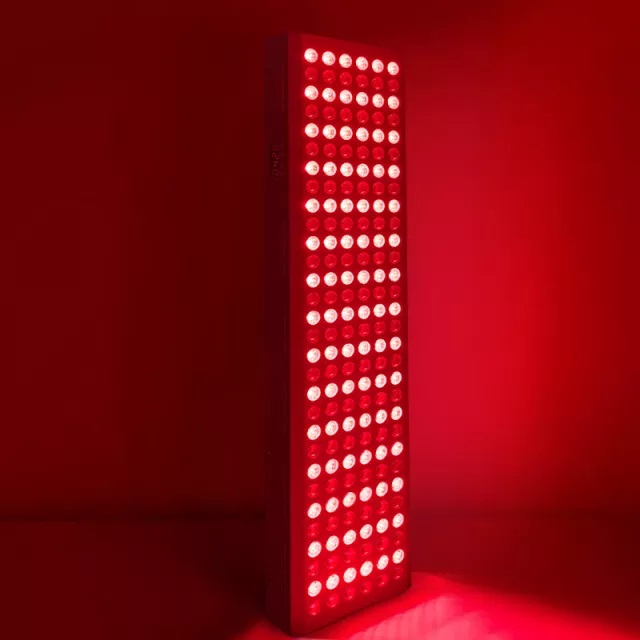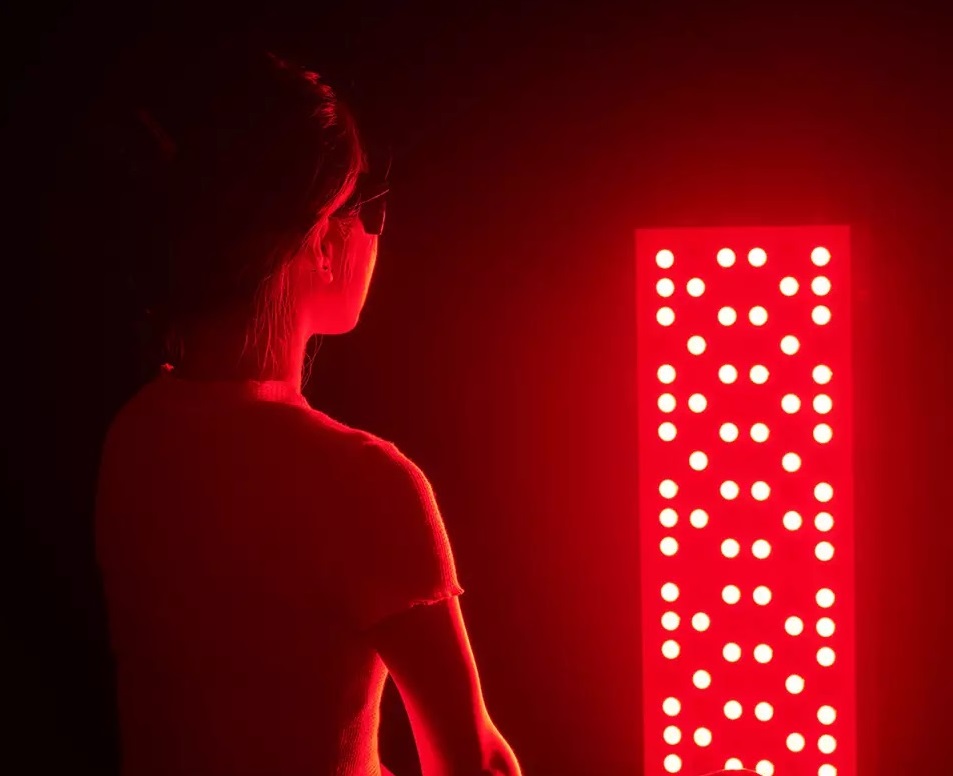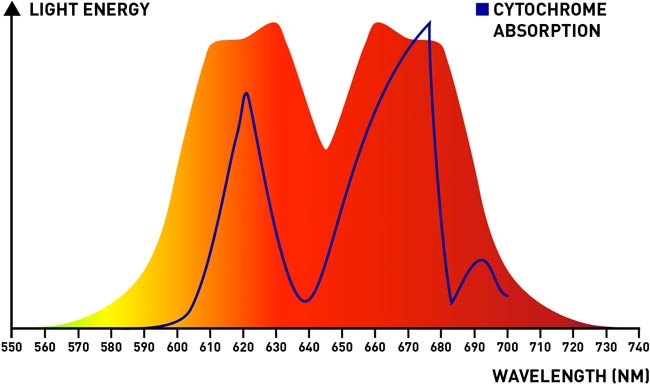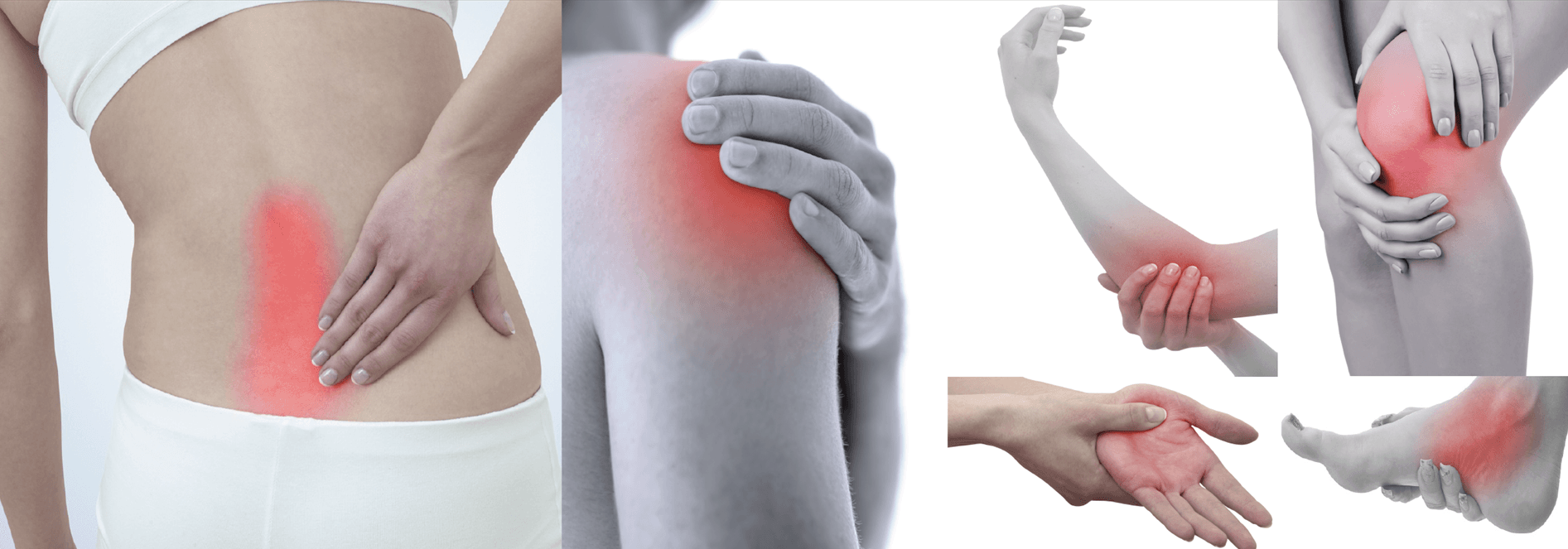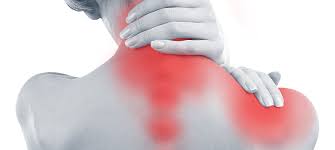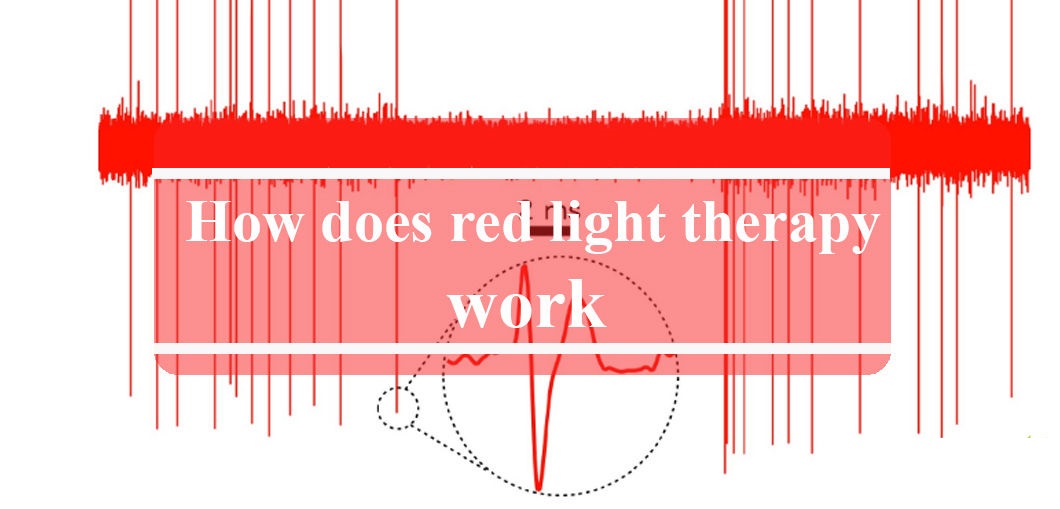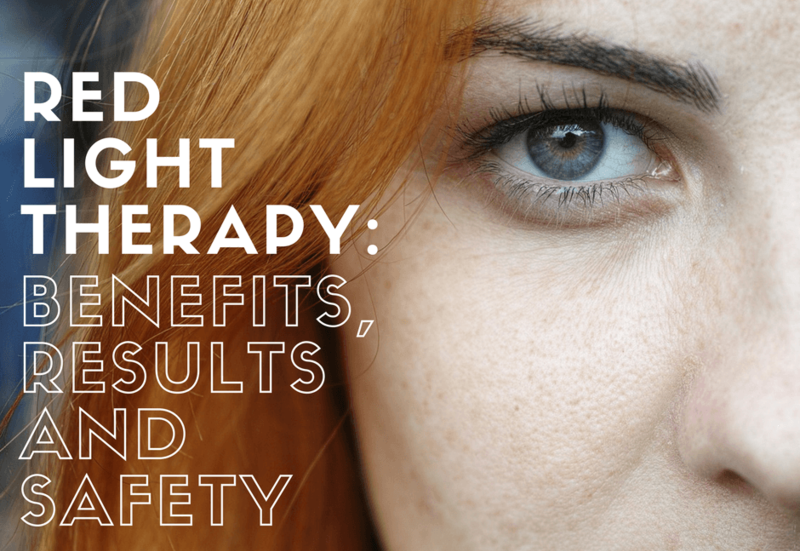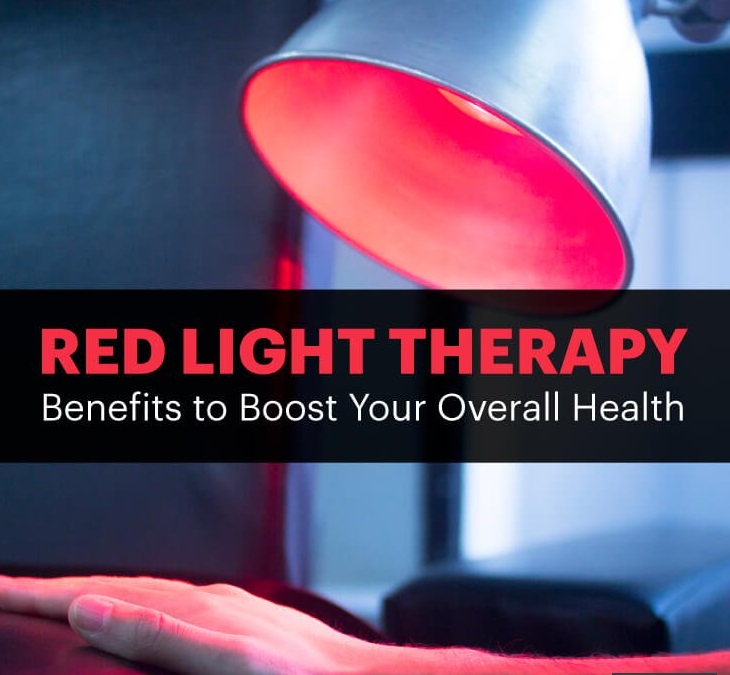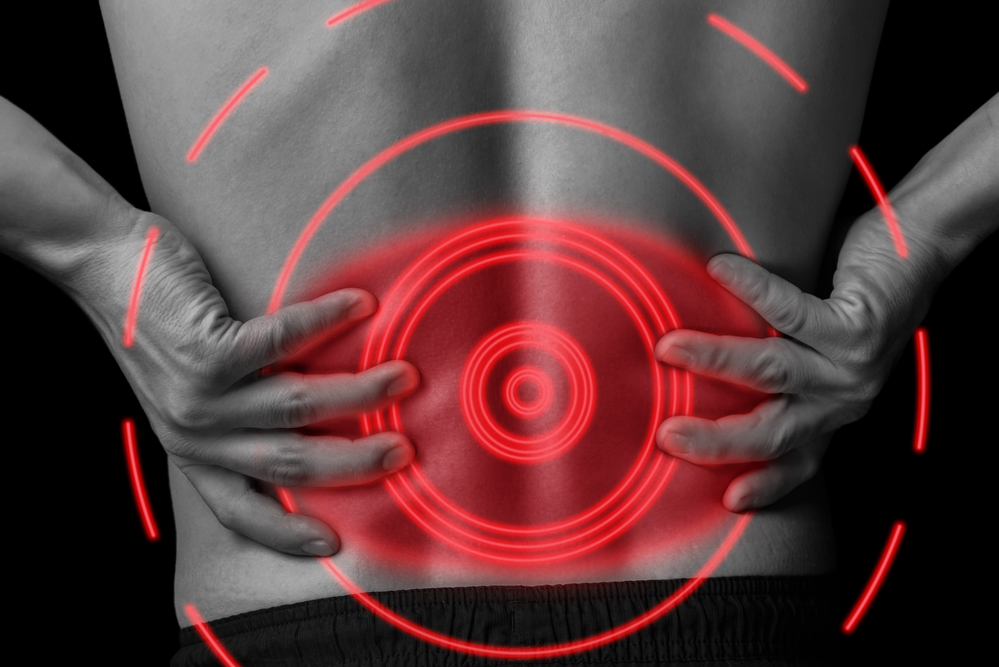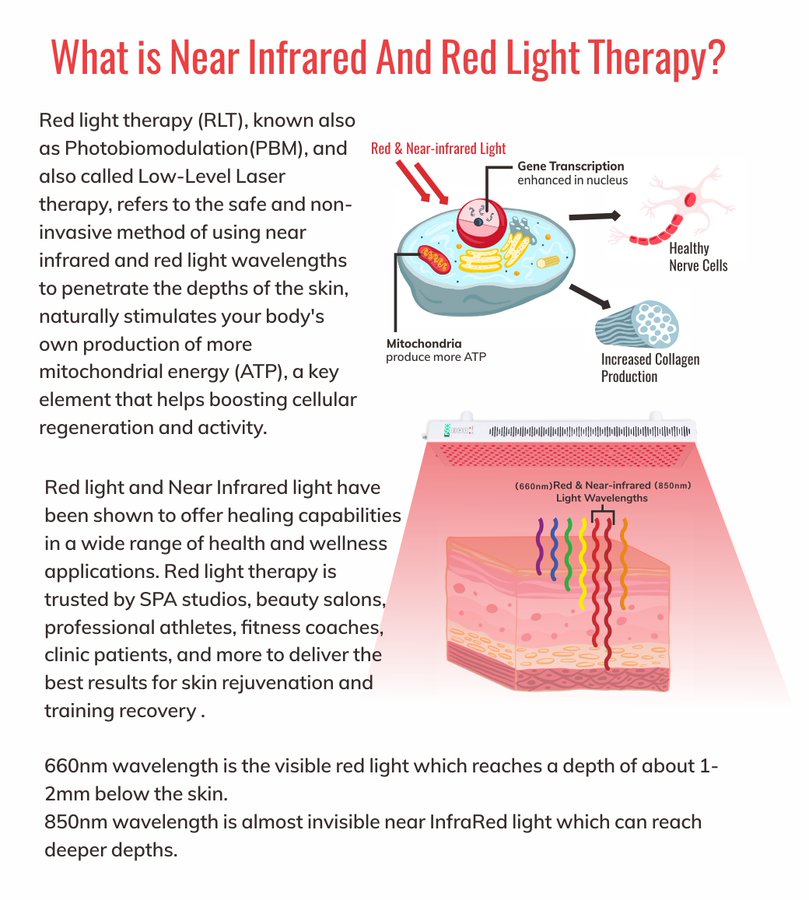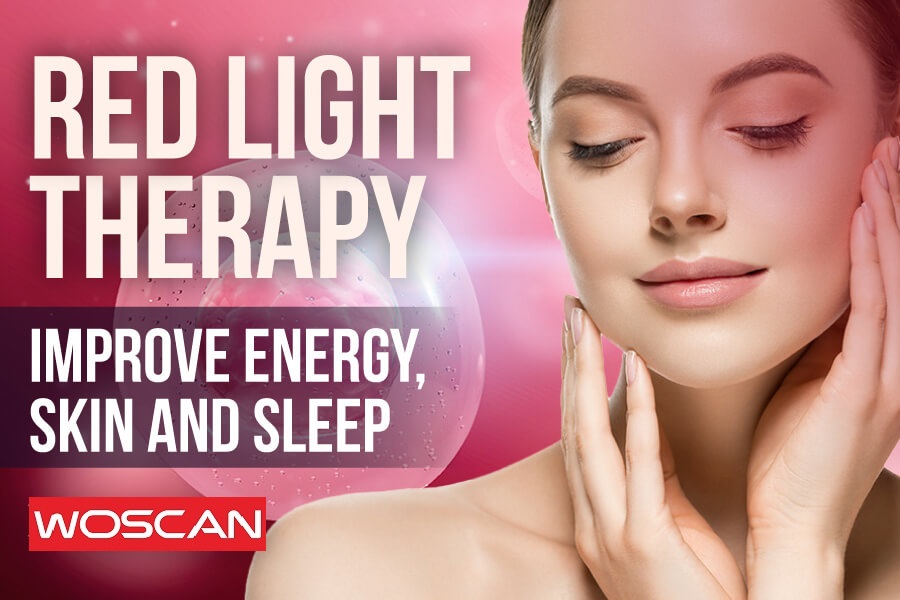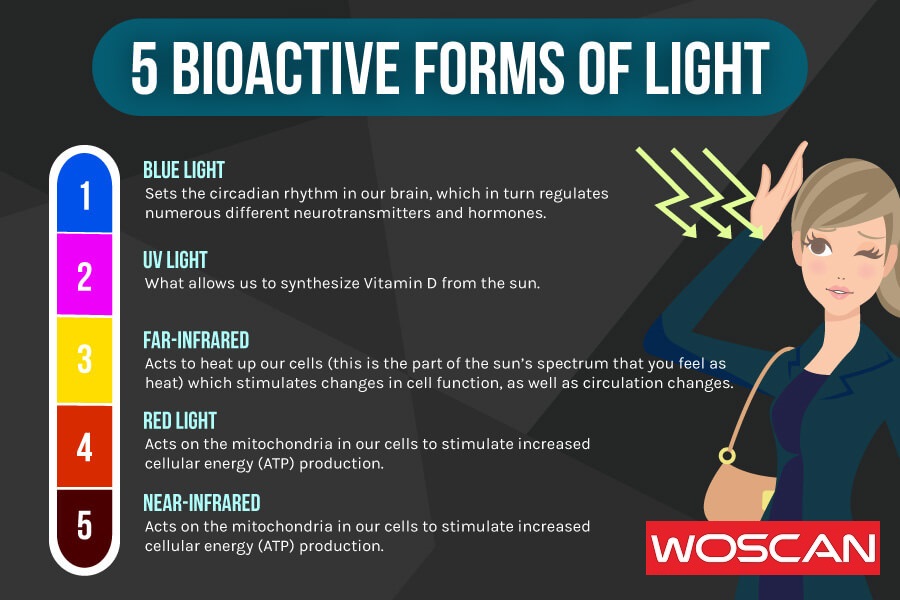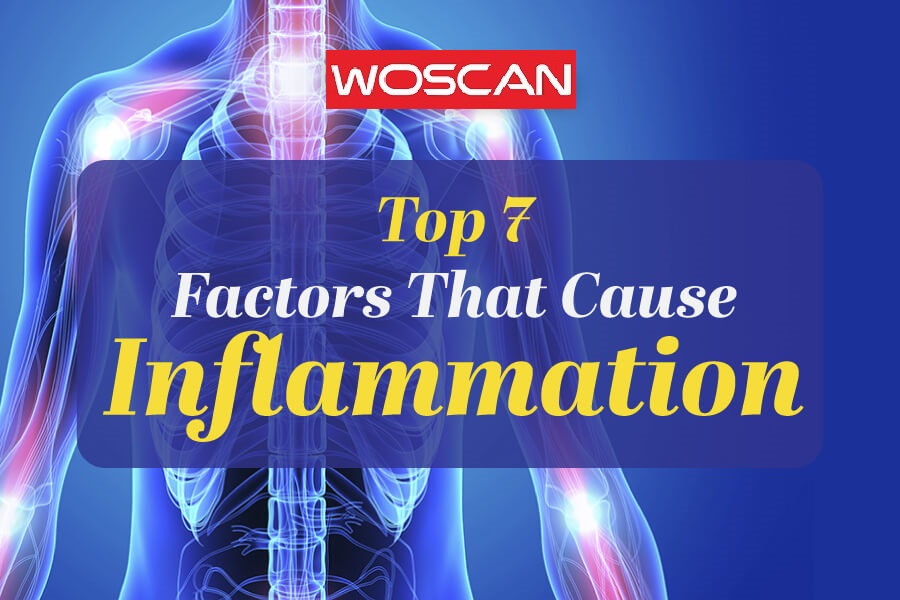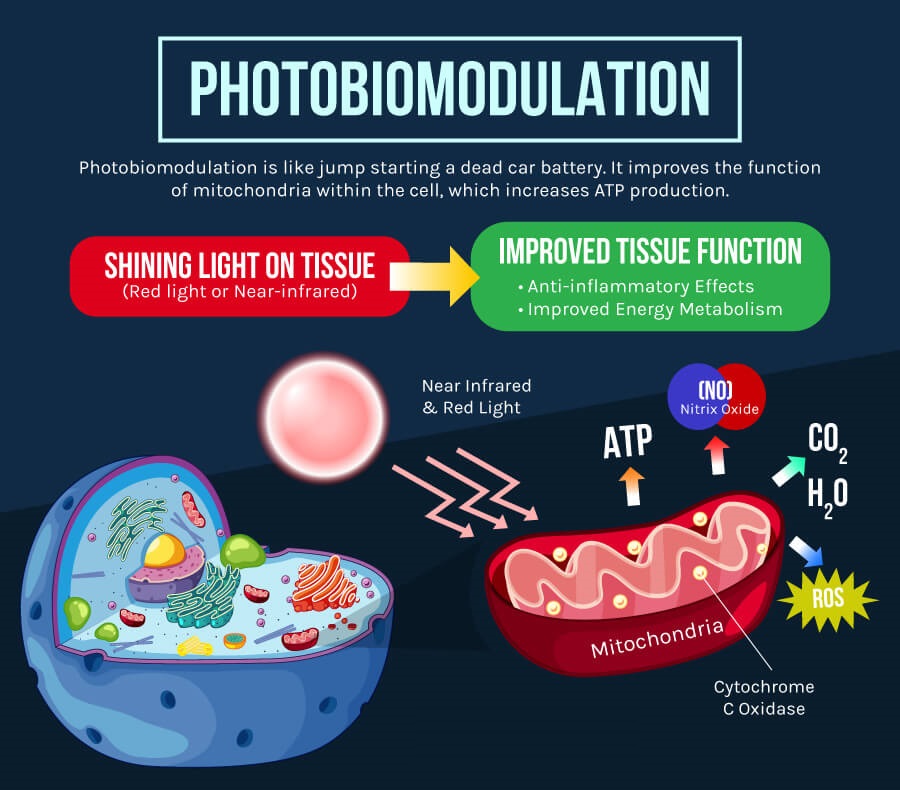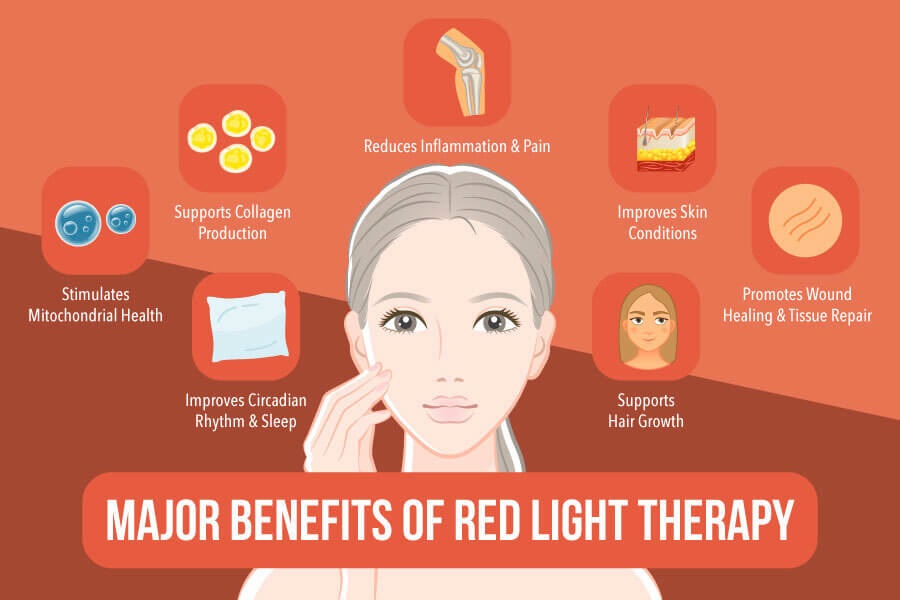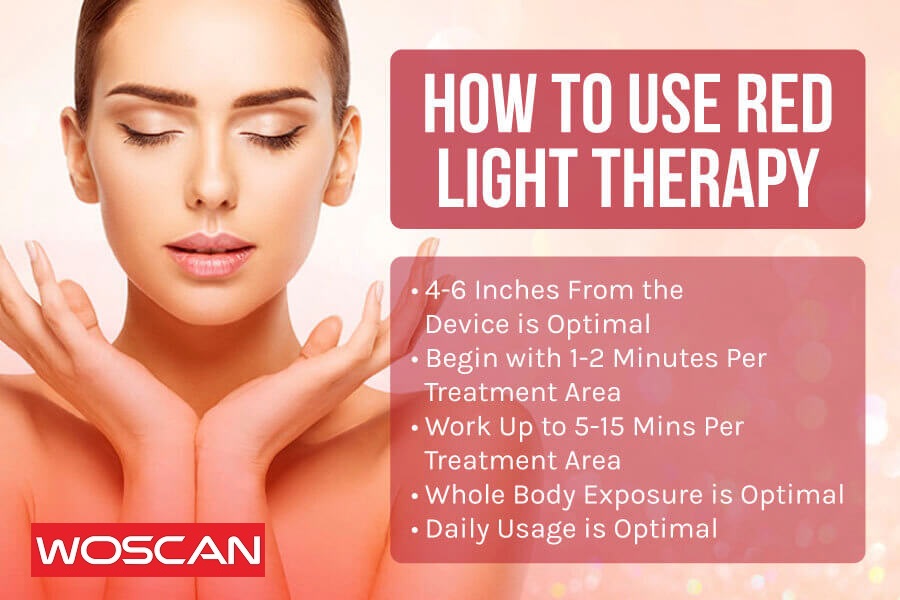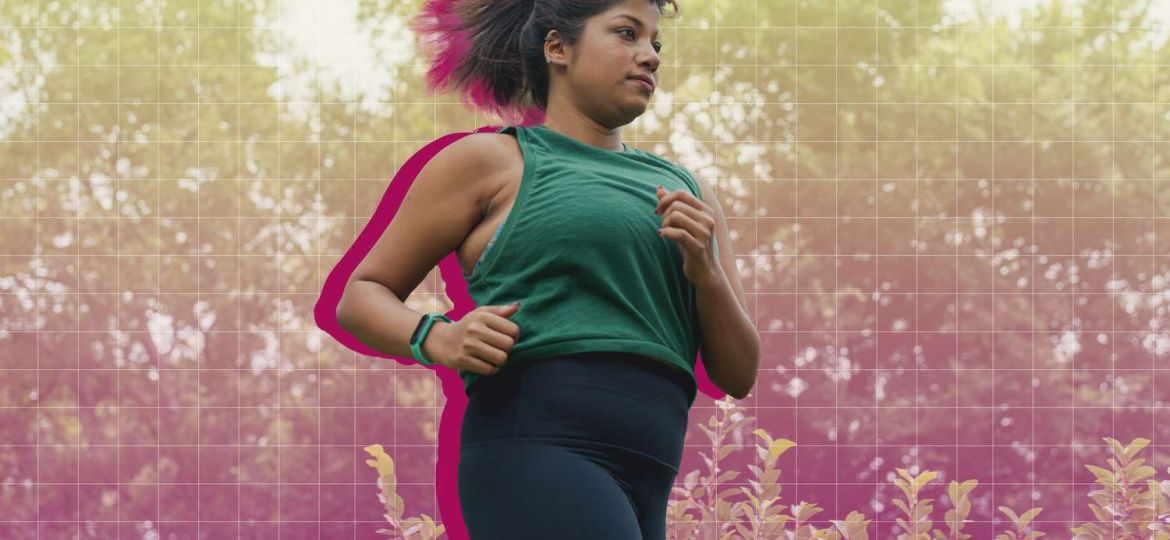
In the realm of health and weight loss, few innovations have sparked as much curiosity and excitement as Red Light Therapy (RLT). Heralded for its array of potential benefits, from skin rejuvenation to muscle recovery, RLT is now making waves for another compelling reason: aiding in weight loss. But how exactly can light, seemingly innocuous and intangible, influence our body’s fat content? As it turns out, the secret lies in the nuanced interplay of light wavelengths and our cellular responses.
This article dives deep into the science and evidence behind RLT’s potential for weight loss, shedding light on a promising avenue for those in pursuit of holistic well-being. Whether you’re skeptical, curious, or somewhere in between, join us as we explore the transformative potential of Red Light Therapy.
Background: Understanding Red Light Therapy
Red Light Therapy (RLT) might seem like a novel concept for many, but its roots trace back several decades, even centuries when sunlight was used to treat certain ailments. In essence, RLT is a therapeutic technique that harnesses specific wavelengths of natural light to stimulate a variety of physiological responses. But what makes red light so special, and how does it differentiate from the entire spectrum of light?
THE ESSENCE OF RLT:
- Wavelengths Matter: RLT utilizes explicitly wavelengths in the red (620-700 nm) and near-infrared (700-1100 nm) spectrum. Unlike UV rays, which can damage the skin and DNA, these wavelengths penetrate the skin and other tissues without causing harm.
- Cellular Resonance: At these specific wavelengths, red and near-infrared light can interact with certain cellular structures, mainly the mitochondria. As the powerhouse of our cells, mitochondria play a crucial role in energy production.
RLT VS. OTHER LIGHT THERAPIES:
- Beyond Skin Deep: While UV therapy is mainly for skin conditions and blue light can regulate our circadian rhythms, red and near-infrared light penetrates deeper, affecting muscles, joints, and even bones.
- Safety First: RLT doesn’t emit heat, reducing the risk of burns or tissue damage. It’s free from UV rays, thus it doesn’t share the same skin cancer risks associated with tanning beds or prolonged sun exposure.
Red Light Therapy, grounded in both age-old wisdom and contemporary science, offers a unique approach to healing and rejuvenation. As we delve deeper into its potential for weight loss, it’s essential to keep in mind this foundational knowledge of what RLT is and how it interacts with our bodies.
The Science Behind Red Light Therapy and Weight Loss
The nexus between Red Light Therapy (RLT) and its potential to aid weight loss is anchored in a harmonious interplay of light and cellular responses. While the concept may seem like science fiction to some, several research studies have illuminated the underlying mechanisms and observed effects. Let’s delve into the science behind RLT and how it interfaces with our body’s fat cells.
INTERACTION WITH ADIPOCYTES (FAT CELLS):
- Light Penetration: When RLT is administered, the red and near-infrared light penetrates the skin and underlying tissues, reaching the adipocytes or fat cells.
- Lipid Release: On exposure to specific wavelengths, these fat cells undergo a structural change that prompts them to release stored lipids, fats and fatty acids, into the surrounding tissue.
- Metabolic Boost: With the mitochondria, our cellular powerhouses, being activated by the light, there is a potential increase in cellular metabolism. This increased activity might aid in faster processing of the released lipids, helping the body utilize them as an energy source.
SIGNIFICANT STUDIES:
- Comprehensive Review Findings: In the study titled Low-level laser therapy for fat layer reduction: a comprehensive review, the researchers remarked, “The studies as of today suggest that LLLT has a potential to be used in fat and cellulite reduction as well as in improvement of blood lipid profile without any significant side effects.” [1] This assertion emphasizes not just the potential fat-reducing properties of RLT but also its safety profile.
- Efficacy in Body Contouring: Another compelling piece of research titled Efficacy of low-level laser therapy for body contouring and spot fat reduction noted the potential of RLT in aesthetic body treatments. The researchers concluded, “LLLT achieved safe and significant girth loss sustained over repeated treatments and cumulative over 4 weeks of eight treatments.”[2] This underpins the therapy’s potential for targeted fat reduction and its cumulative benefits over multiple sessions.
UNDERLYING MECHANISMS EXPLORED:
- Cytochrome C Oxidase Activation: One proposed mechanism is that RLT stimulates the activity of an enzyme called cytochrome c oxidase within the mitochondria. [3] This could enhance the cell’s energy production and overall metabolic rate.
- Temporary Pore Creation: Some theories suggest that RLT might create temporary pores in fat cells, allowing the fats to seep out, which naturally gets reversed within hours or days.
How to Implement Red Light Therapy for Weight Loss
The allure of using Red Light Therapy (RLT) for weight loss lies in its non-invasive nature, scientific backing, and the ease with which it can be integrated into one’s routine. Implementing RLT for weight loss involves understanding the optimal wavelengths, duration, frequency, and available devices.
First and foremost, it’s essential to identify the correct wavelengths. The most effective wavelengths for weight loss typically fall within the red (620-700 nm) and near-infrared (700-1100 nm) spectrum. These specific wavelengths penetrate the skin to an optimal depth, reaching the underlying adipose tissue, and prompting the fat cells to release their stored lipids.
The duration and frequency of the therapy play a pivotal role in achieving the desired results. While each individual’s needs can vary, many professionals recommend sessions lasting between 10 to 20 minutes. Consistency is key; thus, regular sessions, often ranging from three to five times a week, are usually advised for maximum benefit. However, it’s important to remember that overexposure could reduce the therapy’s effectiveness, making it essential to adhere to recommended guidelines.
In terms of devices, the market offers a broad spectrum of options. Professional-grade machines available in clinics or spas are often more potent and can cover larger body areas. These devices often come with the advantage of expert guidance, ensuring that the therapy is both safe and effective. However, if frequent visits to a professional setting are not feasible, at-home RLT devices are a viable alternative.
These devices, ranging from handheld units to larger panels, are designed for personal use. They offer flexibility and convenience, allowing users to integrate RLT into their daily routines seamlessly. When opting for an at-home device, it’s crucial to select a product from a reputable brand, ensuring it emits the correct wavelengths and possesses adequate power density.
Lastly, while RLT offers promising results, it’s not a silver bullet. Integrating the therapy with a balanced diet, regular exercise, and a healthy lifestyle will amplify its effectiveness. It’s also always wise to consult with a healthcare professional or RLT specialist before starting the therapy, ensuring it’s tailored to one’s specific needs and circumstances.
Common Myths and Misconceptions About Red Light Therapy
As with many emerging health and wellness treatments, Red Light Therapy (RLT) is not immune to myths and misconceptions. These can lead to skewed perceptions, undue skepticism, or, conversely, overly optimistic expectations. Here’s a breakdown of some common myths surrounding RLT and the realities behind them.
MYTH 1: RLT AND TANNING BEDS ARE THE SAME
Reality: While both involve exposure to light, the similarity ends there. Tanning beds emit ultraviolet (UV) rays that can cause skin damage and increase the risk of skin cancer. RLT uses red and near-infrared wavelengths, which don’t pose the same risks and offer therapeutic benefits.
MYTH 2: RLT CAN CAUSE SKIN BURNS
Reality: RLT does not produce heat in the same manner as lasers or UV light, making it a very low risk for burns or skin damage when used appropriately.
MYTH 3: RLT RESULTS ARE INSTANTANEOUS
Reality: While some people may notice immediate improvements, especially in skin complexion or relief from pain, many of RLT’s benefits accrue over time with consistent treatment. Patience and regular sessions are key.
MYTH 4: RLT IS ONLY FOR SKIN TREATMENTS
Reality: While RLT does have proven benefits for skin health, its therapeutic effects span muscle recovery, pain relief, weight loss, and even mood enhancement.
MYTH 5: THERE ARE NO SCIENTIFIC STUDIES SUPPORTING RLT BENEFITS
Reality: Numerous studies and clinical trials have been conducted, and continue to be, on the effects of RLT. These studies have shown positive results in areas like wound healing, collagen production, weight loss, and more.
MYTH 6: ALL RED LIGHTS ARE THERAPEUTIC
Reality: Specific wavelengths, generally between 620-700 nm (red light) and 700-1100 nm (near-infrared), are required to penetrate the skin and tissue to achieve the desired therapeutic effects. A standard red light bulb won’t offer the same benefits.
MYTH 7: RLT IS JUST A WEIGHT LOSS GIMMICK
Reality: While RLT has shown promise in aiding weight loss, it’s essential to understand it’s not a magic bullet. RLT for weight loss works best when combined with a healthy lifestyle, including diet and exercise.
MYTH 8: RLT CAN BE HARMFUL TO THE EYES
Reality: Unlike UV rays, RLT doesn’t cause damage to the eyes. However, the light’s intensity can be discomforting, making it advisable to wear protective eyewear or avoid direct eye exposure.
MYTH 9: RLT TREATMENTS ARE TIME-CONSUMING
Reality: Many RLT sessions, especially for personal use devices, last only about 10 to 20 minutes. They can easily be incorporated into a daily routine without significant time investment.
MYTH 10: MORE RLT IS ALWAYS BETTER
Reality: Just like other treatments, there’s an optimal dose. Overexposure or overly frequent sessions might not enhance benefits and could even be counterproductive. Try our dosing calculator for optimal results.
By dispelling these myths, potential and current users of RLT can approach the therapy with a balanced perspective, maximizing benefits while being aware of its limitations and correct applications.
Cost-Effectiveness and Return on Investment of Red Light Therapy
Red Light Therapy (RLT) has been making waves in the health and wellness industry. However, a major concern among potential adopters is its cost-effectiveness and return on investment (ROI). Assessing RLT from an economic perspective can help individuals and institutions alike make informed decisions.
The initial investment in RLT, especially when opting for professional-grade devices or regular treatments in clinics, might seem high. However, it’s essential to balance this initial outlay against the array of benefits that can accrue over time. From skincare to pain relief, improved muscle recovery, and potential weight loss, the multiplicity of benefits can often justify the cost, especially when compared to alternative treatments or therapies that might be less effective or come with side effects.
There’s a growing market for personal RLT devices, allowing individuals to integrate the therapy into their daily routines at a fraction of the cost of regular clinical visits. While the upfront cost of a quality at-home device can range from a few hundred to a couple of thousand dollars, considering the longevity of these devices and the number of sessions one can derive from them, they often prove more cost-effective in the long run.
One significant ROI of RLT is the potential reduction in the costs of other treatments. For instance, someone using RLT for skin health might reduce or eliminate expenses on various skincare products or treatments. Similarly, those using RLT for pain relief might cut down on pain medications or other therapeutic interventions.
While harder to quantify, the benefits of RLT can lead to improved well-being, which in turn can enhance productivity and overall quality of life. Whether it’s through better sleep, reduced pain, or enhanced mood, the resultant increase in daily functionality and happiness can be viewed as an invaluable return on the initial investment.
When assessing RLT’s cost-effectiveness, it’s beneficial to compare it with alternative treatments. For example, the costs associated with surgical interventions, prolonged medication use, or other non-invasive treatments often surpass RLT, especially when potential side effects and recovery times are factored in.
For those who invest in personal RLT devices, it’s crucial to factor in the longevity of the device, and the potential need for replacements in the future. However, given the durable nature of many high-quality RLT devices, these costs often remain minimal, contributing positively to the ROI.
In conclusion, while the initial costs associated with Red Light Therapy can seem significant, a comprehensive assessment often reveals a favorable cost-benefit ratio. The combination of tangible health benefits, potential savings on alternative treatments, and the overall enhancement in life quality makes RLT a worthy consideration for many.
Red Light Therapy (RLT) has steadily emerged as a formidable player in the health and wellness landscape, with its myriad benefits ranging from skin rejuvenation to pain relief and weight loss. Backed by scientific research and a growing pool of satisfied users, RLT’s efficacy is hard to dismiss.
When assessing its value, it’s essential to adopt a holistic perspective, weighing the initial costs against the multitude of physical, aesthetic, and mental benefits it offers. Whether you’re gravitating towards clinical sessions or considering the integration of at-home devices into your wellness regimen, the potential returns (both tangible and intangible) significantly underscore RLT’s merit.
Like any therapy or treatment, it’s imperative to approach RLT with an informed mindset. Dispelling myths, understanding its nuances, and aligning expectations with realistic outcomes can amplify your experience.
In a world where wellness solutions are abundant, yet often riddled with hyperbole or side effects, RLT stands out as a promising, non-invasive option. Its blend of science-backed benefits and user testimonials makes it a compelling choice for those seeking to enhance their health, appearance, and overall well-being.
[1] Avci P, Nyame TT, Gupta GK, Sadasivam M, Hamblin MR. Low-level laser therapy for fat layer reduction: a comprehensive review. Lasers Surg Med. 2013 Aug;45(6):349-57. doi: 10.1002/lsm.22153. Epub 2013 Jun 7. PMID: 23749426; PMCID: PMC3769994.
[2] Caruso-Davis MK, Guillot TS, Podichetty VK, Mashtalir N, Dhurandhar NV, Dubuisson O, Yu Y, Greenway FL. Efficacy of low-level laser therapy for body contouring and spot fat reduction. Obes Surg. 2011 Jun;21(6):722-9. doi: 10.1007/s11695-010-0126-y. PMID: 20393809; PMCID: PMC5225499.
[3] Cardoso FDS, Barrett DW, Wade Z, Gomes da Silva S, Gonzalez-Lima F. Photobiomodulation of Cytochrome c Oxidase by Chronic Transcranial Laser in Young and Aged Brains. Front Neurosci. 2022 Mar 18;16:818005. doi: 10.3389/fnins.2022.818005. PMID: 35368252; PMCID: PMC8971717.


